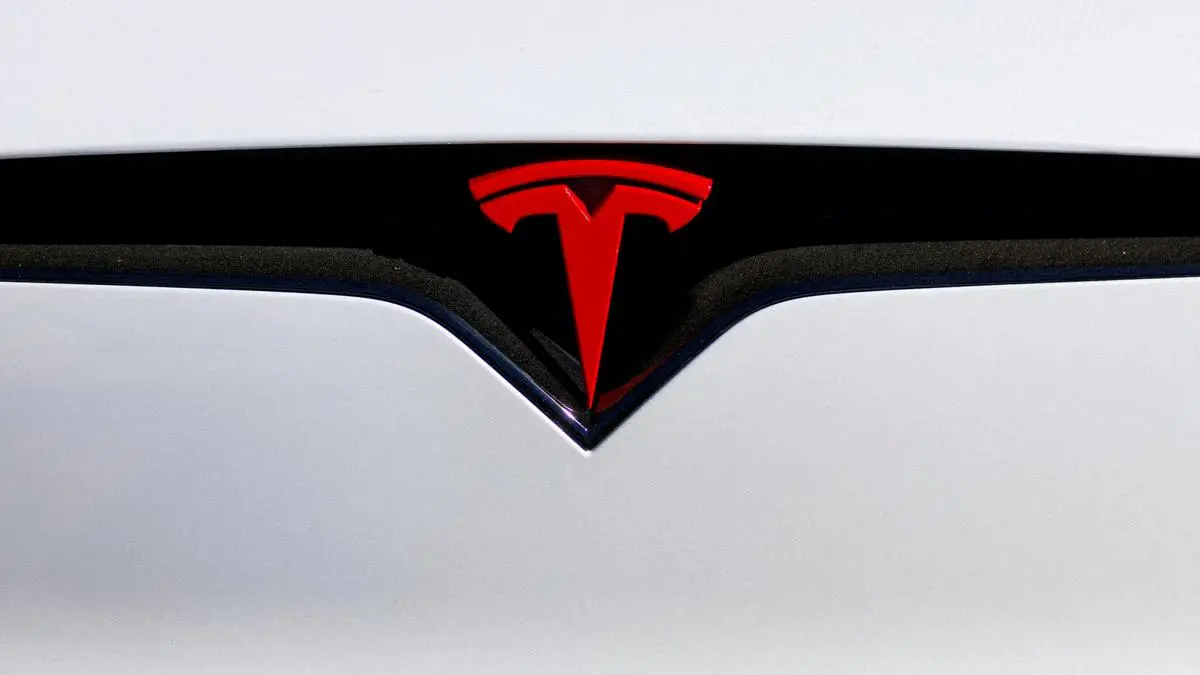
Tesla Inc. reported a surprise increase in quarterly vehicle sales as US consumers accelerated electric-car purchases before federal tax credits expired.
The company delivered a record 497,099 vehicles worldwide during the period, up 7.4 per cent from a year ago. That compares with the roughly 439,600 average projection compiled by Bloomberg.
Tesla has sought to revive its core automotive business, which languished for several quarters under the weight of an aging lineup, rising competition and the elimination of US policies supporting the EV market. The company also faced a consumer backlash to Chief Executive Officer Elon Musk’s politics as he worked closely with President Donald Trump early this year.
Investors recently looked past the first-half sales weakness to Musk’s promises of growth in areas such as driverless vehicles, artificial intelligence and robotics. Tesla’s stock soared 33 per cent in September, recouping early-year losses with its best monthly performance of 2025.
The shares rose as much as 4.3 per cent as of 9:20 a.m. Thursday in New York, before the start of regular trading.
EV sales in the US got a temporary boost from the impending end of an up to $7,500 federal tax credit. The phasing out of that purchase incentive after Sept. 30 helped drive soaring demand for General Motors Co., Ford Motor Co. and Hyundai Motor Co. models.
Tesla’s deliveries tally offers a preview of the earnings results the company will report Oct. 22. Next month the automaker will hold its annual general meeting, where investors will vote on a new compensation package for Musk potentially worth $1 trillion.
Tesla, which reports a combined sales total for the Model 3 and Model Y, delivered 481,166 of those sedans and SUVs, up 9.4 per cent from a year ago. Sales of the company’s other vehicles — the Model X, Model S and Cybertruck — fell 30 per cent.
The automaker has yet to offer many details about the more affordable version of the Model Y that could help buoy sales now that federal EV tax credits have expired in the US. Executives have said that while initial production started in June, they elected to put off the launch until the fourth quarter and cautioned that output will ramp up slower than initially expected.
While the tax credit expiration boosted third-quarter sales, the pull-forward effect could mean weaker EV demand in the final months of the year. Musk has warned Tesla could face several “rough quarters” after the incentives go away and before the company’s autonomous vehicles deploy at scale.
Aside from the tax credit, the Trump administration has also moved to unwind fuel economy and emissions requirements, choking off regulatory credit revenue that supported Tesla for years.
The company faces challenges beyond the US market. In China, shipments from Tesla’s Shanghai factory dropped in seven of the first eight months of the year amid increasing competition from local rivals like BYD Co. and Xiaomi Corp.
Tesla’s most pronounced downturn has been in Europe, where sales declined 22 per cent in August. The company’s new-vehicle registrations slumped 33 per cent in the first eight months of the year, even as the broader EV market grew 27 per cent, according to the European Automobile Manufacturers’ Association.
Wall Street is still expecting Tesla to log its second consecutive annual sales decline. Analysts surveyed by Bloomberg project the company will deliver around 1.61 million vehicles in 2025, down from 1.79 million last year.
More stories like this are available on bloomberg.com
Published on October 2, 2025



